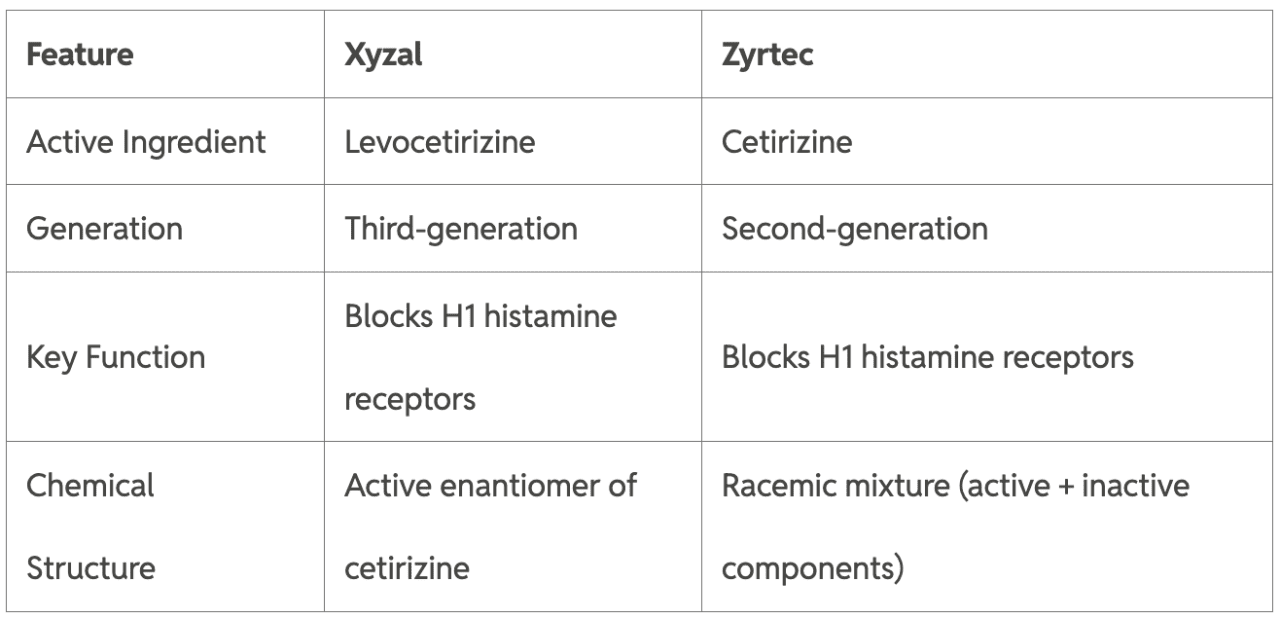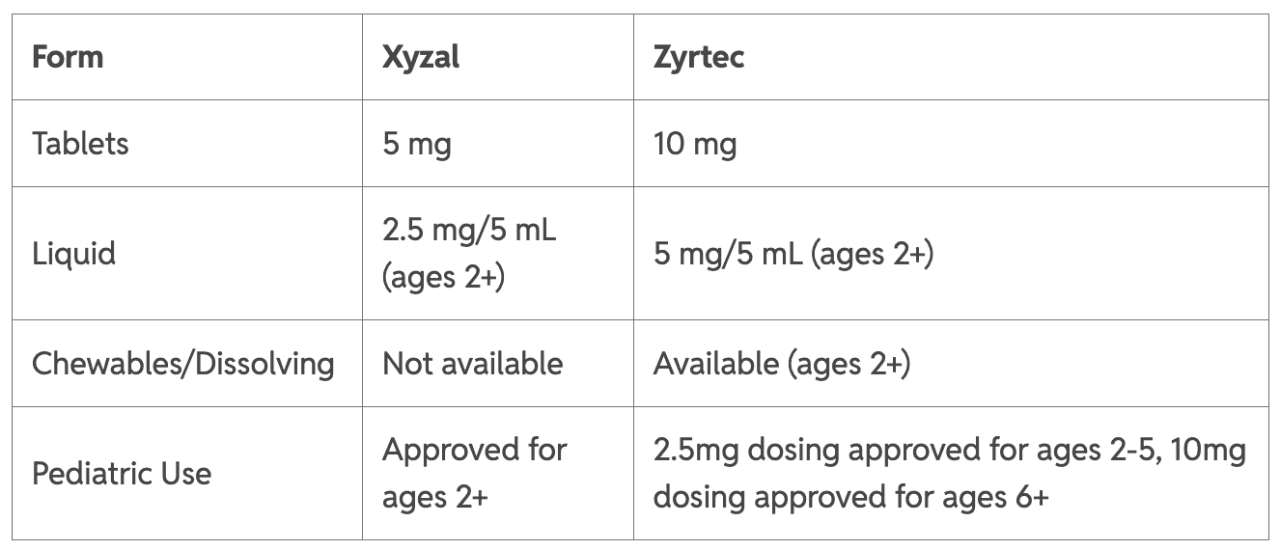Xyzal vs. Zyrtec: Compare antihistamine allergy prescriptions

Colleen Michaels // Shutterstock
Xyzal vs. Zyrtec: Compare antihistamine allergy prescriptions
SaveHealth, a prescription savings card website, compares Xyzal vs. Zyrtec. Xyzal (levocetirizine) and Zyrtec (cetirizine) are antihistamines widely used to treat allergy symptoms like sneezing, runny nose, and itchy eyes. Both medications block histamine, a chemical responsible for allergic reactions. While Xyzal contains only the active component of Zyrtec (levocetirizine), Zyrtec includes both active and inactive forms. Available over-the-counter and by prescription, these 24-hour relief options are popular for managing seasonal and year-round allergies.
Xyzal vs. Zyrtec – Mechanism of Action

SaveHealth
Both medications reduce allergy symptoms by preventing histamine from binding to receptors. Xyzal’s purified form may lead to fewer side effects in some users.
Zyrtec vs. Xyzal – Effectiveness Comparison
Onset of action: Both start working within one hour, but Xyzal may act faster in some cases.
Duration: Xyzal’s effects last up to 28 hours, while Zyrtec provides 24-hour relief.
Clinical studies: Xyzal showed superior symptom improvement in adults compared to Allegra and Claritin. Zyrtec may be more effective for children with perennial allergic rhinitis.
Symptom relief: Both treat sneezing, itching, and hives, but Zyrtec-D includes a decongestant for nasal congestion.
Xyzal vs. Zyrtec – Dosage and Forms
Zyrtec offers more flexibility with chewable tablets and orally disintegrating forms.

SaveHealth
Zytrec vs. Xyzal – Side Effects and Safety
Common side effects:
Xyzal: Drowsiness (5-6%), dry mouth (2%), fatigue (6%).
Zyrtec: Drowsiness (14%), dry mouth (2-5%), headache (10-14%), fatigue (3-10%).
FDA warning: Severe itching (pruritus) may occur within days of stopping long-term use of either drug. Symptoms often resolve upon restarting the medication.
Contraindications: Avoid alcohol and CNS depressants. Use caution in patients with kidney/liver disease, or those with urinary retention.
Zyrtec vs. Xyzal – Pros and Cons
Xyzal pros
- Less incidence of side effects including: drowsiness, fatigue and headache
- Faster onset and longer duration in studies.
- Suitable for children as young as two.
Xyzal cons
- Limited dosage forms.
Zyrtec pros
- Multiple forms (chewables, liquids, ODTs).
- Zyrtec-D combats nasal congestion.
Zyrtec cons
- Higher reported drowsiness.
Alternatives
Nasal Sprays: Allermi combines antihistamines, decongestants, and anti-inflammatories for rapid relief (10-minute onset).
Other antihistamines: Allegra (fexofenadine) or Claritin (loratadine) for non-drowsy options.
Combination Therapies: Discuss with a healthcare provider for personalized plans, especially for chronic symptoms.
Xyzal vs. Zyrtec
Xyzal and Zyrtec are equally effective, but differ in side effect profiles and dosage flexibility. Xyzal may be preferable for those sensitive to drowsiness; Zyrtec offers more forms. Severe itching after discontinuation is rare but possible. Consult a doctor if symptoms arise. Consider alternatives like nasal sprays or combination therapies for comprehensive allergy management.
This story was produced by SaveHealth and reviewed and distributed by Stacker.
![]()



